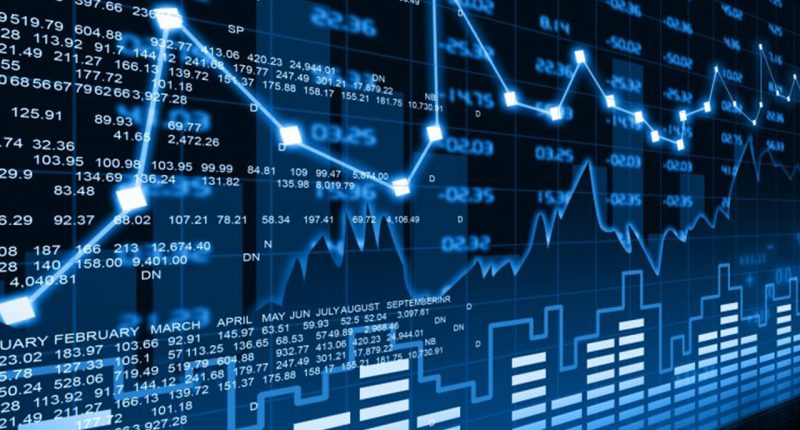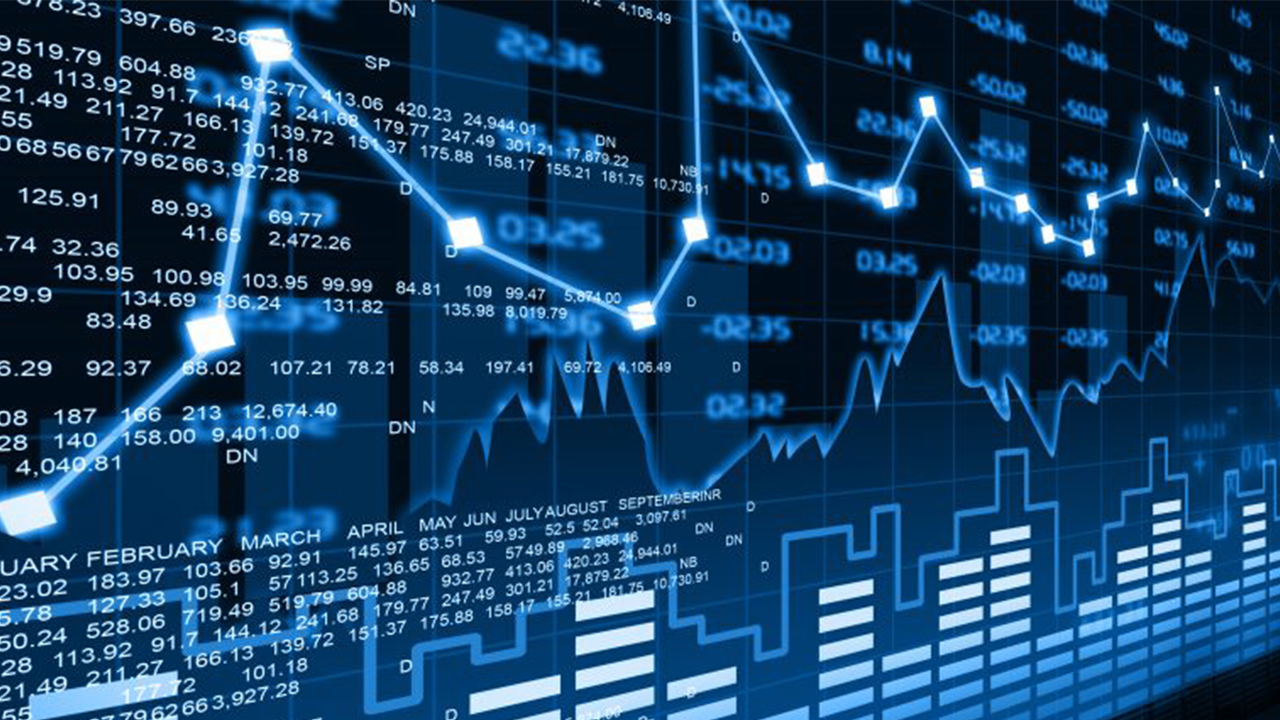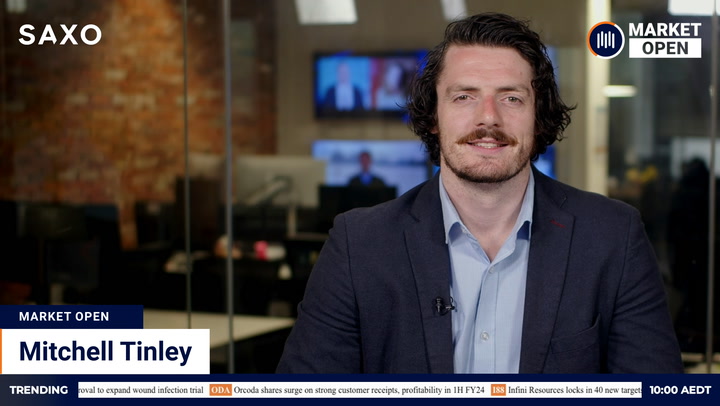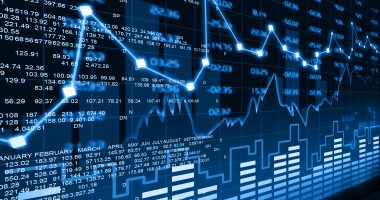The first session of 2021 faces an uncertain start as investors weigh positive leads from Wall Street against the spread of Covid-19.
US stocks ended at record levels on New Year’s Eve. However, the struggle to contain the latest Australian coronavirus outbreak may dampen buying interest in domestic stocks. The New South Wales Government imposed fresh restrictions on Greater Sydney over the weekend.
Australian futures trading was suspended on New Year’s Eve and was not due to resume until the start of the Day Session this morning.
Wall Street
The S&P 500 and Dow Jones Industrial Average ended the year at all-time highs amid optimism this year will bring a vaccine-fuelled surge in economic growth.
The S&P 500 rose 24 points or 0.64 per cent. The Dow Jones Industrial Average gained 197 points or 0.65 per cent. The Nasdaq Composite put on 18 points or 0.14 per cent, finished just shy of record levels from earlier in the week.
The rally rounded out a year of extraordinary volatility and ultimately, significant gains. The S&P 500 surged 16.3 per cent during 2020, supported by massive stimulus inflows. The Dow added 7.3 per cent. The Nasdaq Composite delivered its best return since 2009, surging 43.6 per cent, thanks in large part to the ‘stay-at-home’ economy.
Tech stocks climbed more than 42 per cent during the year. The consumer discretionary sector gained 32.1 per cent during a shift to online shopping. The energy sector had its worst year on record.
“It feels very much to me like investors have decided the world has changed forever,” Mike Zigmont, head of research and trading at Harvest Volatility Management, told Reuters. “The coronavirus pandemic was the catalyst and now investors have decided who the winners are and who the losers are and are moving forward.”
Thursday’s rally was fuelled by an unexpected drop in claims for jobless benefits. First-time claims fell to 787,000. Economists were expecting a figure around 828,000.
Australian outlook
The S&P/ASX 200 finished 2020 with a nasty fall on the final session. The index shed 95 points or 1.4 per cent, with a 35-point dump in the closing auction signalling heavy institutional selling. That leaves plenty of room for a rebound today if investors can see beyond the deteriorating virus situation in the south-east of the country.
New South Wales introduced tougher restrictions in Greater Sydney over the weekend, including mandatory mask-wearing in public indoor settings. The state reported eight new locally-acquired cases yesterday. Victoria reported three cases after recording ten on Saturday. Meanwhile, WA faced a bushfire threat near Perth and Geraldton.
Financials were among the best performers in the US on New Year’s Eve, rising 1.3 per cent. Yield was back in vogue, with utilities, real estate and health making up the rest of the top four sectors with gains of at least 1 per cent. Materials rose 0.4 per cent. Energy and consumer discretionary declined.
Overseas, the spotlight this week swings to the Georgia Senate runoff in the US, which will determine the balance of power in Congress. The result of tomorrow’s election has implications for further stimulus payments and – longer term – President-elect Joe Biden’s ability to pass legislation. Betting markets give the Republican Party a 65 per cent of winning both seats and retaining control of the Senate. A Democrat upset would force US investors to reassess their expectations for a Biden presidency.
The week’s other potential market-mover is tonight’s monthly OPEC videoconference, which will once again review crude production caps. The last meeting agreed to increase cartel production by half a million barrels a day from the start of this month.
Back home, the first week of a new month brings a rash of economic data. Manufacturing figures land today, job ads tomorrow, services activity on Wednesday, building and trade reports on Thursday, and a construction index on Friday.
The dollar started the new year on the front foot, rising 0.41 per cent this morning to 76.85 US cents.
Commodities
US gold stocks fell despite a tentative rise at the end of the yellow metal’s best year in a decade. Gold for February delivery settled $1.70 or 0.1 per cent head at US$1,895.10 an ounce after trading above US$1,900. Gold gained 25 per cent last year as the US dollar plumbed two-and-a-half-year lows. The NYSE Arca Gold Bugs Index slipped 2.1 per cent on Thursday.
The glum end to Australian trade on NYE extended into overseas interest in BHP and Rio Tinto. BHP’s US-listed stock sank 0.91 per cent on Thursday and its UK-listed stock 1.77 per cent. Rio Tinto gave up 1.01 per cent in the US and 1.3 per cent in the UK. The spot price for iron ore landed in China edged up 30 cents or 0.2 per cent to US$159.20 a tonne.
Oil rose at the end of a year when prices suffered their biggest fall since 2015. Brent crude settled 17 cents or 0.3 per cent higher at US$51.80 a barrel. Despite a steady recovery over the second half of the year, Brent shed 21.5 per cent during 2020.
Industrial metals drifted lower. Benchmark copper on the London Metal Exchange declined 1.1 per cent to US$7,749 a tonne. Aluminium dropped 1.2 per cent, nickel 1 per cent, lead 0.2 per cent, zinc 1.3 per cent and tin less than 0.1 per cent.







